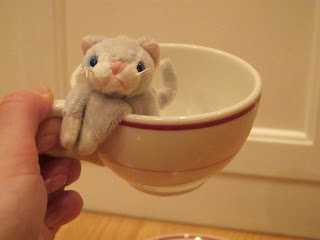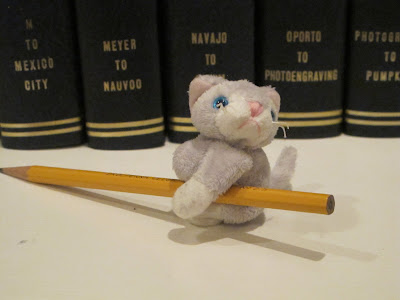大家好!
WELCOME to the VOCAB section of my blog!
One word, once a day... think how many more words you'll know in just a few months. I based this page off of visual learning tactics, which I tend to favor when doing my own homework. Feel free to comment with your own ideas of other things to include for each word to help you remember them!
DAY ONE: JULY TWELFTH
 |
Book 书 (Shū) |
 |
| How I remember it: looks like some books stacked on top of each other |
I have a more detailed transition in my notes, but can't draw it out very well on the computer. If the comments section asks, though, I'll find a better way to post the memory drawings.
Measure Word: For books, magazines and other literature with a spine: 本 (Běn)
~~~~~~~~~~~~
DAY TWO: JULY THIRTEENTH
 |
Cup 杯 (Bēi)
|
 |
| How I remember it: looks like a glass with some ice cubes |
Cup is a measure word, used for, well, things you drink out of cups. Tea, coffee, etc. This one is more easy to understand and remember because we use it in English.
~~~~~~~~~~~~
DAY THREE: JULY FOURTEENTH
 |
Painting 画 (Huà)
|
 |
| How I remember it: Looks like a frame with a picture inside |
Measure word: 幅 Fú Used for textiles, paintings and things on canvases.
(To me, this character looks like a painter standing to the left of his easel)
(To me, this character looks like a painter standing to the left of his easel)
~~~~~~~~~~~~
DAY FOUR: JULY FIFTEENTH
 |
Pencil: 铅笔 Qiānbǐ
|
How I remember it: This word comes from two characters: 铅 and 笔。 These happen to have very clear references to their meanings within the character. Literally, it means 'lead brush', which is pretty descriptive. So the only tricky part is remembering how to write the components.
铅, meaning lead, has three radicals in it. As a rule, the leftmost radical gives the meaning. In this case, 钅(jin) appears on the left. This comes from the character for gold (金)and it is the metal radical.
This is the part where I would stop and just memorize the rest via repetition.
However, if you keep forgetting the rest of the word, try constructing a story of what's left. 口, on the bottom, means mouth. And 几, or a small table, stands atop it (几can have several other meanings depending on the context). Try describing the character. Even the most inane or random connections will help: A table on top of your face (or mouth) would feel heavy, like lead. OR, lead (meaning graphite) touches the table when you write and your mouth when you chew on your pencil .
The 笔 part is more easily explained. The top,⺮,means bamboo. The bottom, 毛,means hair. This is because the original brushes used to draw calligraphy were constructed of bunches of animal hair tied to a bamboo rod. (The best brushes were wolf hair, but pig and horse hair were also common.)
DAY FIVE: JULY EIGHTEENTH
 |
| Chair: 椅子 Yǐzi |
Also remember that the character for 子 (zi) is almost always the same no matter where it appears. (It usually means 'son', but in this case it's only included in the character for it's sound, rather than contributing meaning).
Measure word: 把 (bǎ) This measure word is used for things with handles; i.e. Chairs, knives, etc.
